ISSUE NO. 25
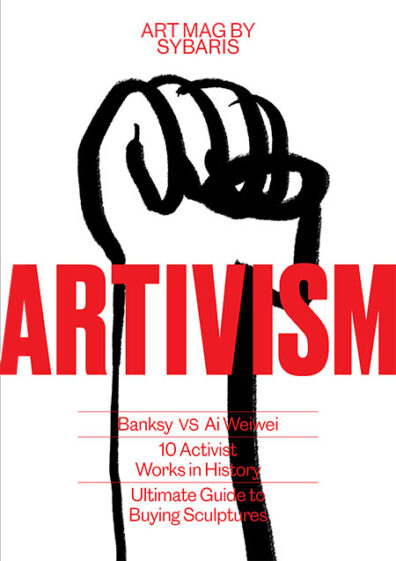
ART MAG BY
SYBARIS
ARTIVISM
- Banksy VS Ai Weiwei
- 10 Activist
Works in History - Ultimate Guide to
Buying Sculptures
ART MAG BY
SYBARIS
Artivism
Nov 2020, num 25
CONTRIBUTORS
Abel Cervantes, Regina de Con Cossío,
Andrea Cuevas, Lucía Peñalosa
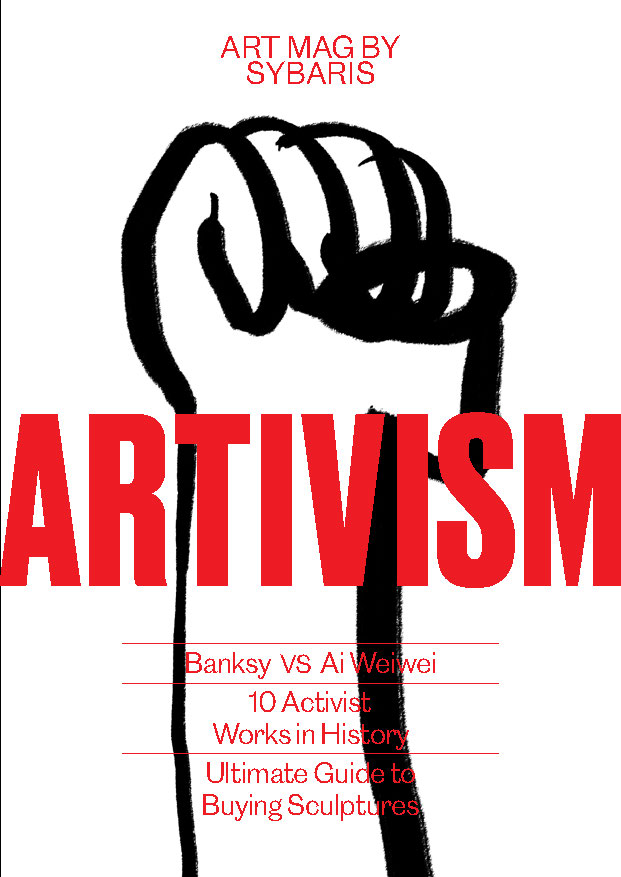
In this issue of Art Mag dedicated to Artivism, we carry out a historical review and a reflection on the present about those pieces and artistic manifestations that have the purpose of influencing society. The questions that arise from this exercise are not trivial: should art intervene in society? What responsibilities does art have in the political and social spheres? We live in difficult times. The political context forces us to take a position on what is happening around us. Sybaris’s answer is to look analytically. And using art not only as a tool for thought, but also for action.
SYBARISCOLLECTION.COM
INFO@SYBARISCOLLECTION.COM
+55 (55) 8435 4487
IG FB SYBARISCOLLECTION
ART VALUE REPORT
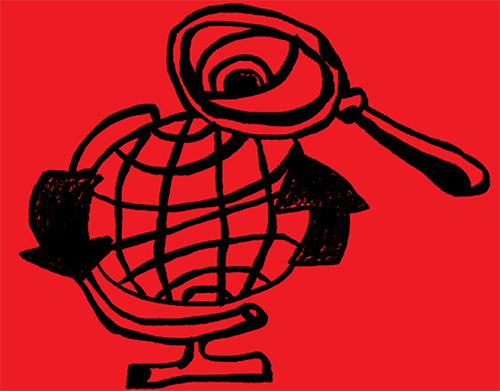
IDENTIFY MARKET TENDENCIES BEFORE BUYING
+
LEARN MORE ABOUT YOUR
COLLECTION’S WORTH
REQUEST YOURS INFO@SYBARISCOLLECTION.COM
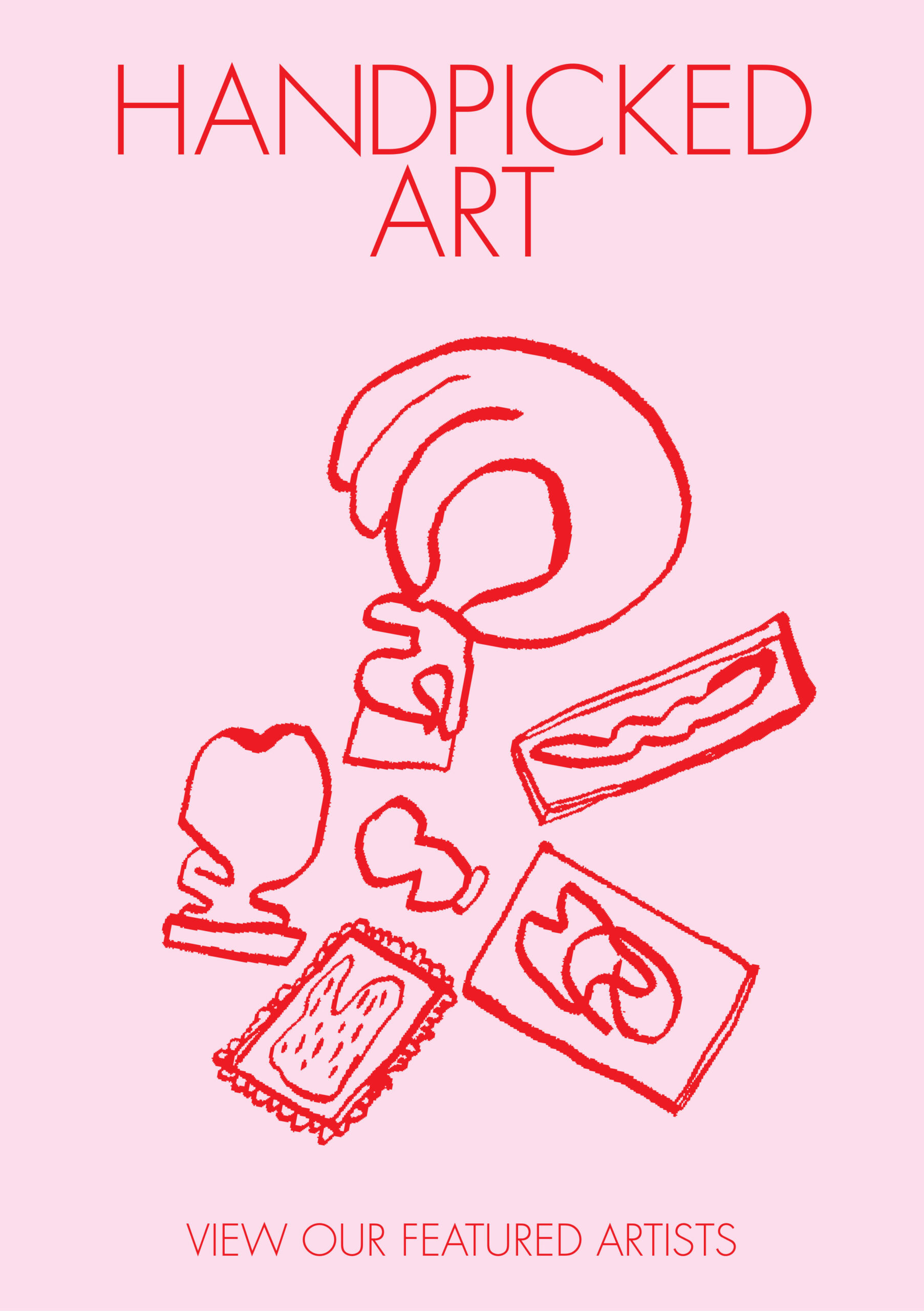
Acquire an Artwork from us
and enjoy the exclusive benefits
of Sybaris Collectors

SybarisCollection.com
Become a sybarite of art!
Acquire 3 issues of our Art
Mag with articles, essays,
profiles, interviews, listings
and more where we give
an account of the most
outstanding art activities
of our time
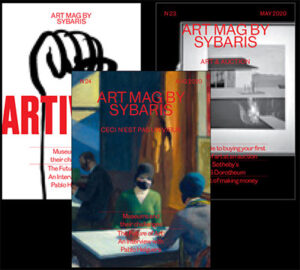
Get bimonthly reports with the most
outstanding works and artists
of the art market.
Make the best buying and selling
decisions based on our reports.
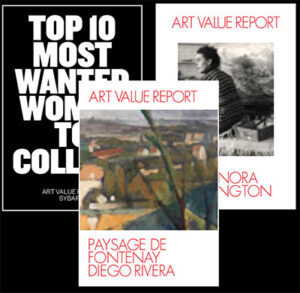
Receive exclusive sales of works of art
with special discounts.

PLUS
Free shipping in all our
Art Store products

Tapestries from Na Wei, Joshua Jobb,
Santiago Pani and more, available soon!
Preorders available.
Get our items today by visiting our Art Store!
sybariscollection.com/store/
For details: info@sybariscollection.com

CONTRIBUTORS
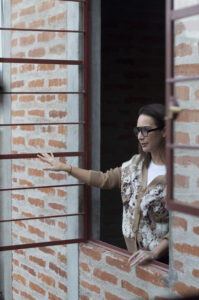
Chief Curator and Art Dealer, REGINA DE CON COSSÍO, guides Sybaris Collection. Curating multiple events around the world, De Con Cossío understands how a space invokes feelings in the occupants, influences the atmosphere and connects the purpose to the design. She received her philosophy degree from the Iberoamericana University in 2013 and a masters from the Freie Univerität Berlin in 2015.
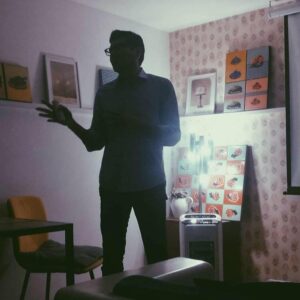
ABEL CERVANTES is director of ECC. Contemporary Cultural Studies. Communication director of the Tulum International Film Festival, he has been a professor of cinema, language sciences and journalism at UNAM. He is coordinator of the contemporary art publications of the Sybaris Collection. He was editor of the magazines La Tempestad, Código and Icónica. He collaborates in diverse cultural media with texts about cinema, literature and contemporary art.
August 2020, num 25 Artivism
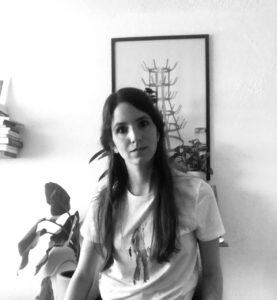
ANA SAMPIETRO BROSSA Master in Contemporary Art from the Universidad Nacional Autónoma de México with a previous degree in Art History from Universidad Iberoamericana (Mexico). Her research revolves around contemporary art and social issues. She recently completed an investigation on the Forensic Architecture collective, focused on the Ayotzinapa case and its relationship with the Museo Universitario de Arte Contemporáneo. Currently, she has joined the curatorial coordination of the Museo Universitario de Arte Contemporáneo in Mexico City
| Sybaris Collectors20 | CAN ART CHANGE REALITY?52 |
| Digital Still life22 |
ART PROVOCATION60 |
 24 24 |
5 WORKS TO MEET GUSTAVO ARTIGAS64 |
| ACTIVIST ART PORTABLE DICTIONARY34 |
 72 72 |
| 10 ACTIVIST WORKS IN HISTORY40 |
ULTIMATE GUIDE TO BUYING SCULPTURES87 |

Dear Collectors,
To affirm that Art’s temperament is effervescent determines its cause and effect personality. Scurrying among discourses, changing along and before Time, it explodes in techniques and artistic statements.
By interacting with different sources and melting with all sorts of values it continuously redefines its ultimate duty. How far should Art go in its limits and responsibilities? This issue of our ArtMag delves particularly into its social commitment, not far from politics.
For this purpose, we include a contrast between two of the leading activists contemporary Art has, Ai Weiwei and Bansky. You will also find a useful Act-Art glossary.
In the face of our effervescent timing, with strong social demands, Art’s engagement with existence add up significantly to the debate.
Attentively,
Regina de Con Cossio
Director

DAPHNA BENTATA
@young_art_collector
Miami, Florida
Inspired by the proust questionnaire, the questions we ask here seek to show side b of the most prominent collectors of our time, to reveal an aspect of their personality that few people have access to.
What kind of art do you prefer to admire: classical art, modern art or contemporary art?
Modern and contemporary art. But me and my husband have a contemporary art collection
What values do you appreciate in a culture?
their traditions, believes, values, customs, etc. cultural values are the principles and ideals upon which an entire community exists.
In what other time would you have liked to live?
I like to live in the present, so this is exactly the time
I choose.
Which color do you prefer?
My favorite color is green, scarlet, I have many favorites.
Where do you prefer to place a piece of art from your collection?
I’m always moving art around the house and having issues with space, but I prefer the main salon, dining and family room.
Do you like to appreciate a work of art alone or do you prefer to do it with someone special?
Appreciate art with someone special is the best, then you can interchange ideas. Me and my husband, we collect together and share this passion that art brings.
What region of the world would you like to live in?
I’m very happy in the USA, but if for some reason I had to emigrate again (I’m from Venezuela) I’m not sure where I will go… I will like to be close to my family.
For you, art is…
Art is inspiration, is developing new ideas, is learning of new cultures and what’s happening around you.

Digital
Still Life
This is an open space for artists to appropriate
the pages of Art Mag in order to experiment
with the possibilities offered by digital tools.
In this place everything is possible.
Daniel Martin, Santiago Pani
Somewhere
Video, 1 min, 640 x 640 px
This video shows the departure of two artists, in the search of new paths. Sculptures resulting from a creative collaboration between Daniel Martin and Santiago Pani, who dropped the baton of “ownership” to seek new formsof creation; Collaboration is therefore the central axis of the project.
The theme is related to urbanism and Utopian places and cities that are born as a joint idea and are transformed, through digital tools, into spaces with infinite possibilities.
Download video at:
www.sybariscollection.com/artist-santiago-pani-and-daniel-martin





BEIJING, 1957
- Won fame in the early 21st century
- Use your image as part of your works
- He has denounced the governmentof China, immigration problems andforced disappearances
- One of his best-selling works, Circleof Animals. Zodiac Heads, reached 3.8million euros in 2015
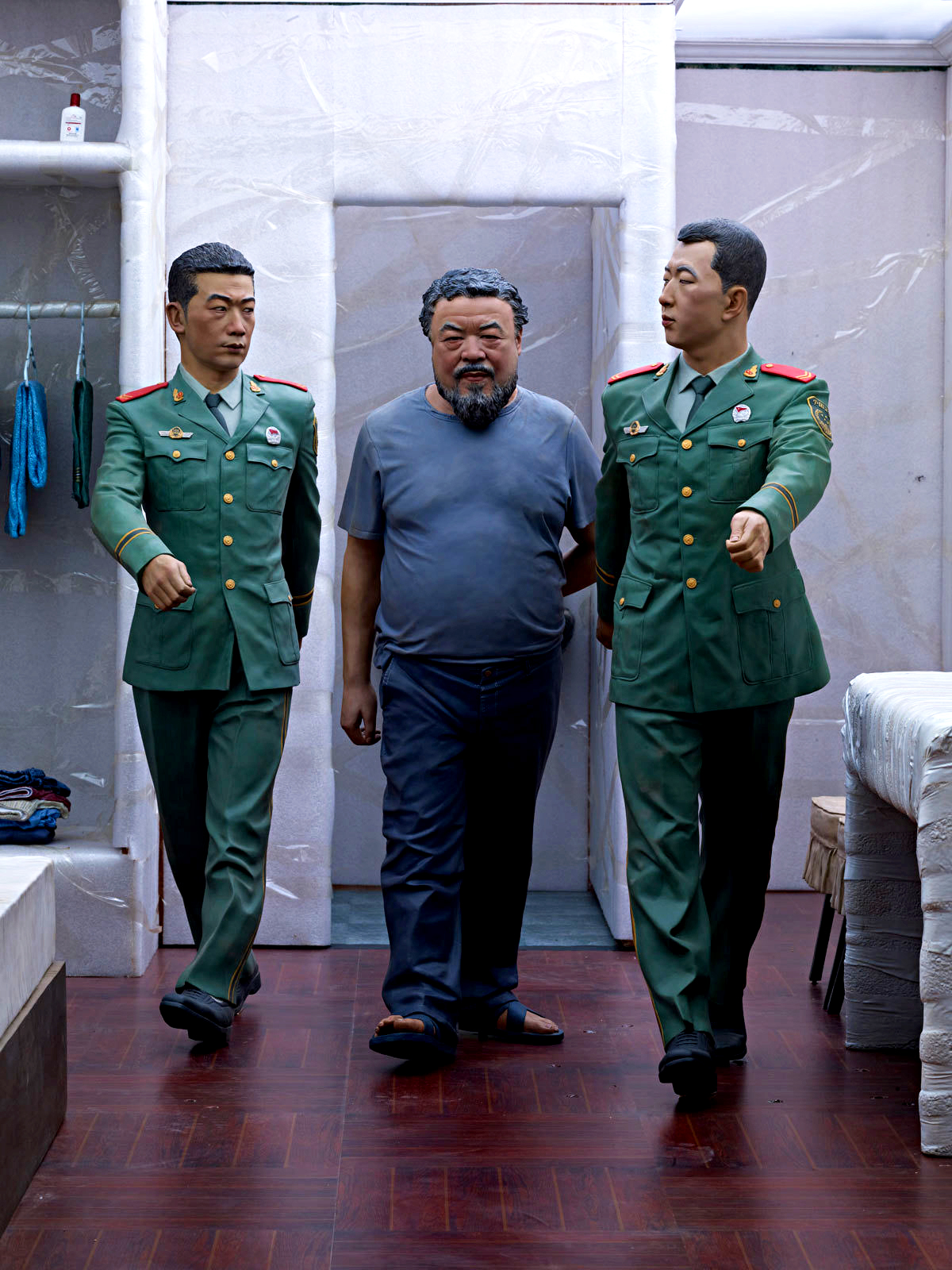
S.A.C.R.E.D. (detail)
2011 – 2013
In 2013 Ai Weiwei synthesized his artistic purposes in the name of an exhibition: Everything is art. Everything is politics. Like many artists who dedicate hiswork to activism and politics, Ai Weiwei grew up in a hostile environment where the safety and freedom of expression of citizens were at risk. Born in 1957 in Beijing during the Chinese Cultural Revolution, Ai Weiwei was in exile from an early age. He returned to Beijing in 1976, after the death of Mao Zedong.
He studied film and animation at the Beijing Film Academy, hence his current interest in moving images: just this 2020 he released a documentary at the Ambulante Festival that explores the loneliness and tragedy of families who lost one of the its members -all of them Ayotzinapa students- in 2014 at the hands of the Mexican State. Although he began his artistic activity in the 70s, at the beginning of the 21st century he achieved world fame, after a stay in the US in the 90s.
Unlike Banksy, Ai Weiwei’s activism is unsympathetic. Between 1995 and 2003 he took a tour of some of the most iconic monuments in the world’s most popular cities. In each of them he took a photo pointing the middle finger of his hand to the monument. Ai Weiwei’s activism roams between the street and the museum. Using an old resource of contemporary art, at the beginning of this century he used his own image to denounce the imprisonment he suffered in his native country after investigating the number of victims left by the Sichuan earthquake in 2008 and whose figures were altered by the government of China. The works recreate the cell in which Ai Weiwei was held for allegedly committing economic crimes. In them you can see two guards who watch him permanently, even in the most private spaces, such as the bathroom.
He is currently an extremely popular artist who attracts both the public eye and the media. His artistic work seems to focus on the cinema and the denunciation, in the manner of a journalist or a social researcher.


Study Of Perspective – White House
1994 – 2013
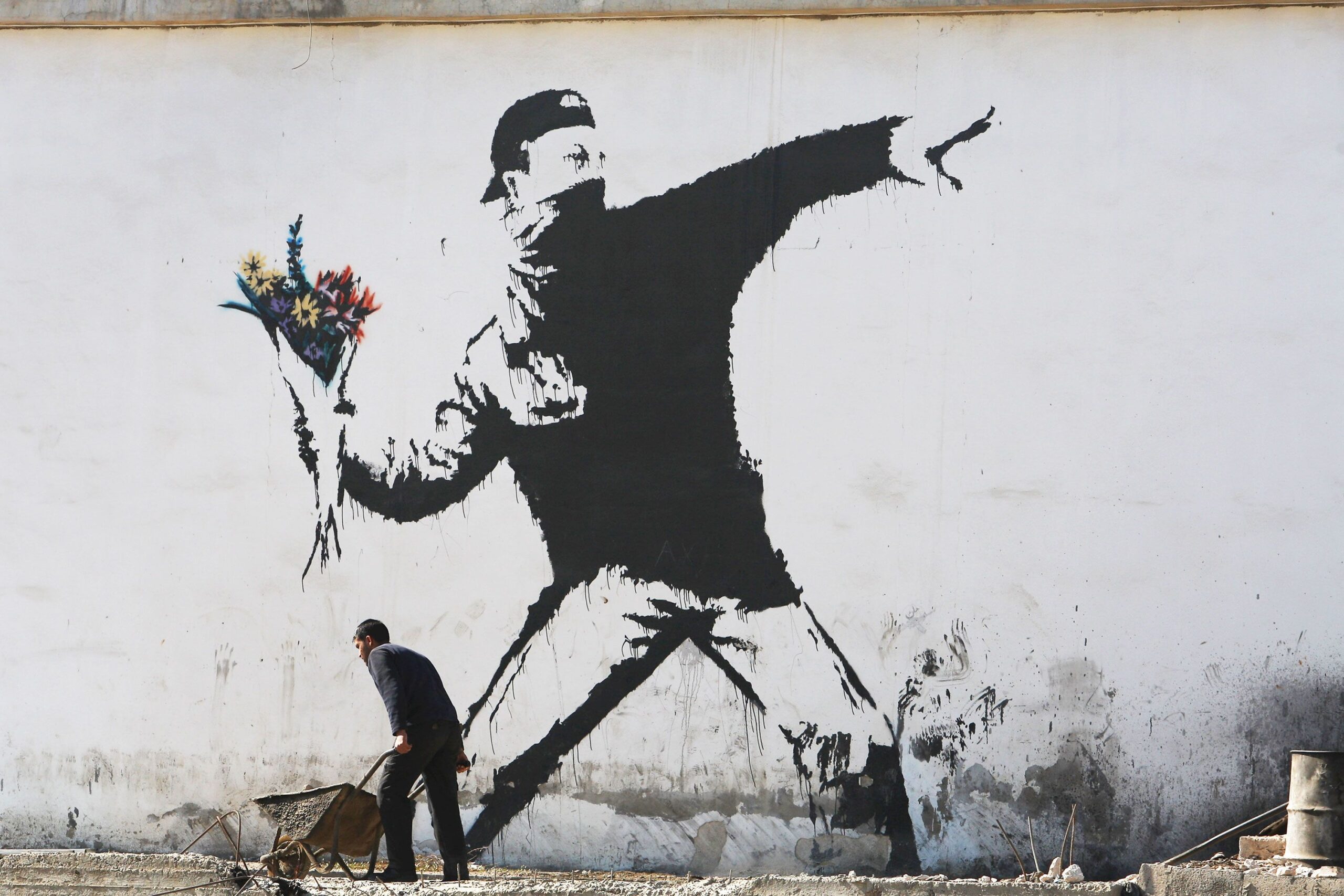
Art found in Bethlehem. Photograph by David Silverman / Getty Images
(speculated) UK, 1970s

- His enigmatic identity is part of his success as a contemporary artist
- He is one of the most popular artists today. His works reach millionaire prices
- He has made both the public and the media feel sympathy for his social messages
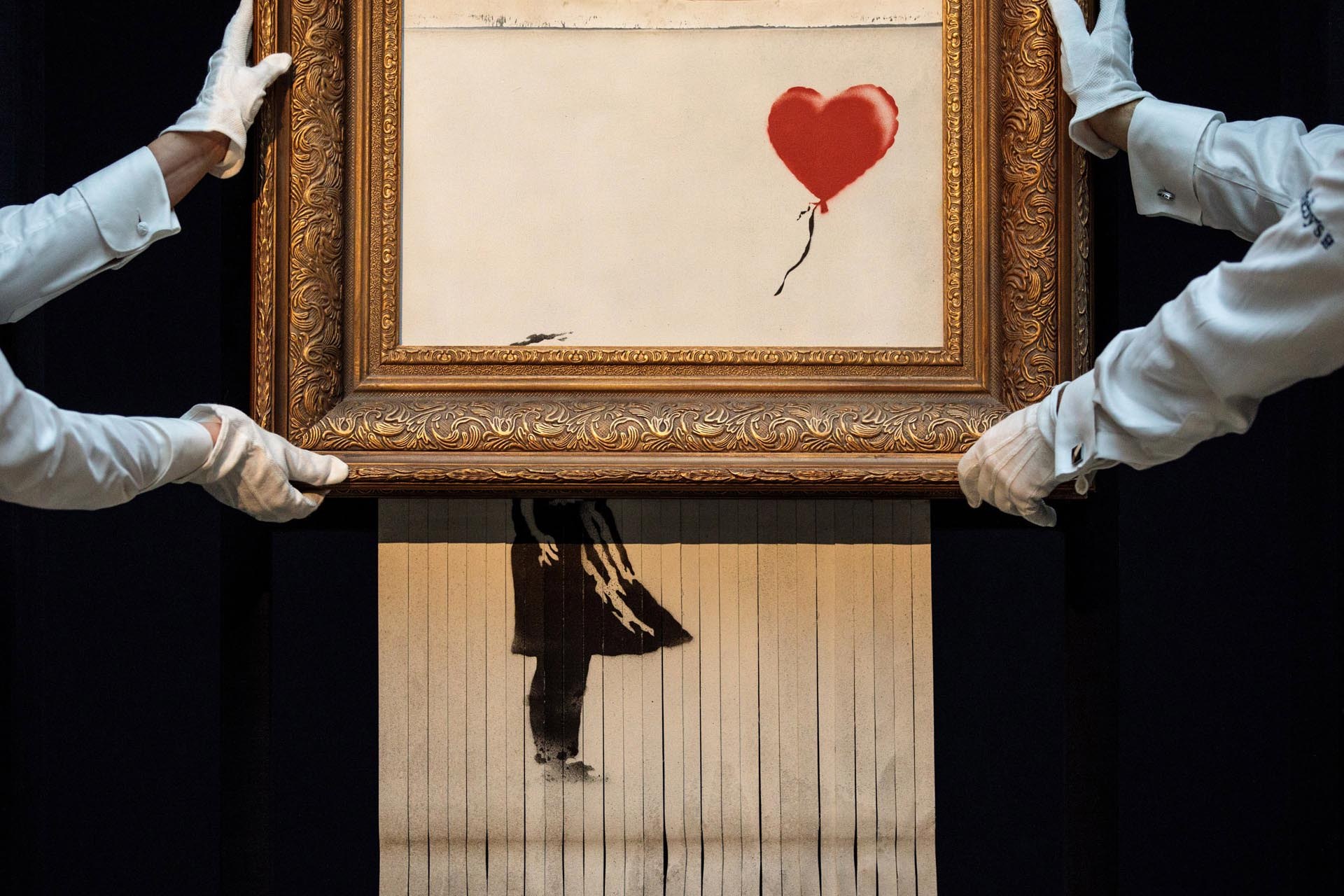
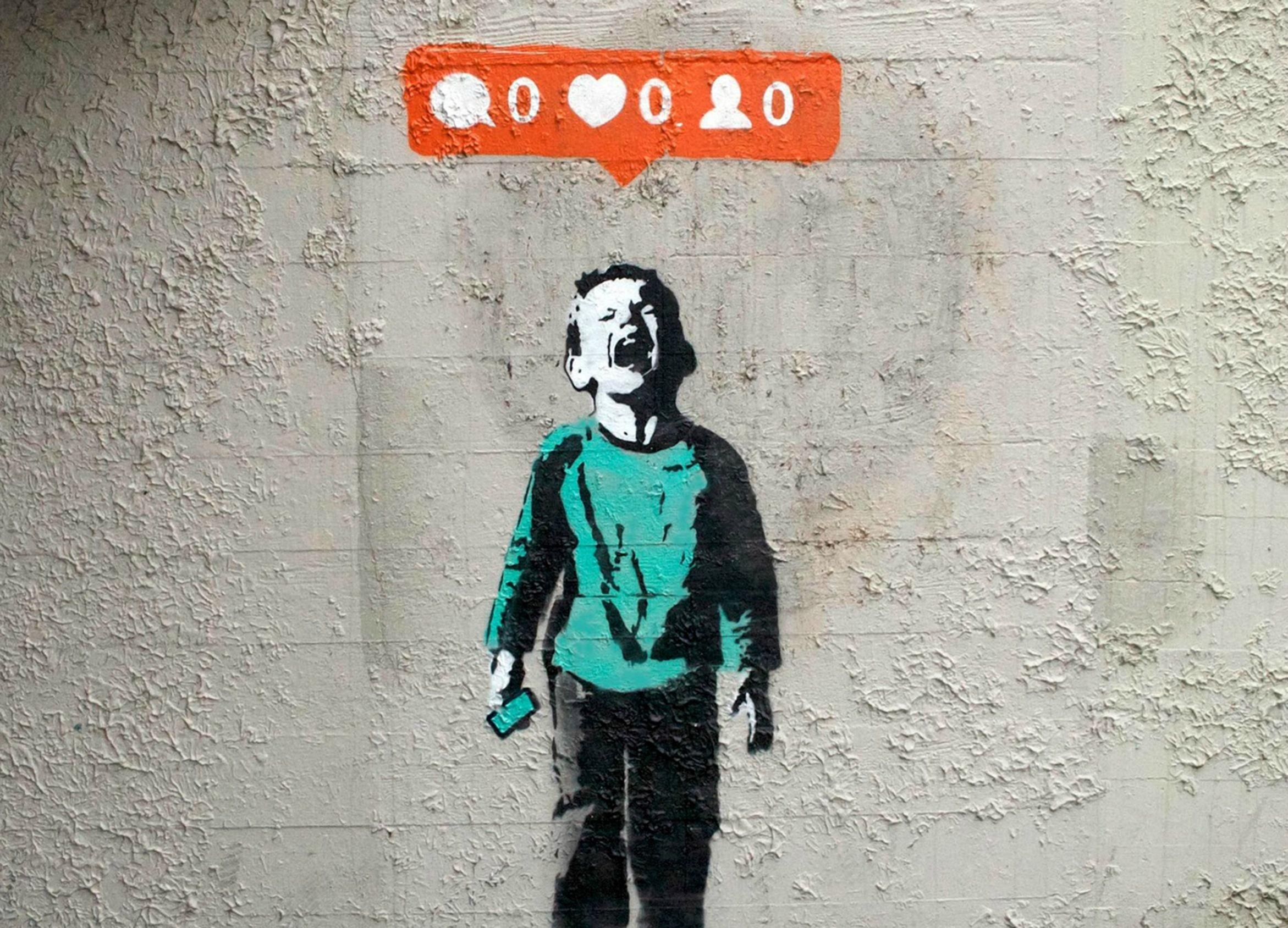
Ben Stansall / AFP – Getty Images
Banksy is the other side of the coin. Although his identity is still an enigma, it is known that he was born in the UK in the 1970s: some researchers have speculated that the man hiding under the hoodie is Robin Gunningham, from the Cathedral School from Bristol. Previously, rumors said he was Robert del Naja, leader of Massive Attack, or Jamie Hewlett, cartoonist and designer close to the Gorillaz band. In his own way, Banksy has used his figure to create a halo around him.
In an interview with the newspaper El País Alex Branczik – Sotheby’s contemporary art director – says, “Art has always been a reflection of contemporary society, but great works have a timeless relevance, especially if they manage to discover human nature. Banksy is one of the great polemicists of our time, and has established his position in the venerable history of political parody, alongside Goya, Hogarth or Daumier. He is a modern-age Voltaire, and faces the urgent debates of today with caustic wit and scathing satire. His visual irony distills the most complicated political situations into a single image, simple and easily shareable in this age of social media. “
Goya, Hogarth, Voltaire? The comment is due to the fact that the auction house has achieved spectacular sales with the works of Banksy. Unlike Ai Weiwei, Banksy seems to have grown up in an idyllic environment. His works are also in keeping with the pop style of the time: they are replicable and can even decorate any office to give it a chic touch.
Banksy reached one of its highest points in October 2008 when Sotheby’s sold the painting Girl with a Balloon. A few moments after the hammer that sealed the sale was heard, a mechanism inside the box was activated that began its self-destruction. The image swept through social media at the speed of light. And the gesture was imitated by all kinds of brands.
This same year, Banksy financed a boat to pick up immigrants and take them ashore. This time the news did not reach the speed of light, but probably the speed of sound. The questions that arise from this action are, yes, more stimulating: Is it an artistic action or a social action? If Banksy hadn’t given money, would the news be just as relevant?
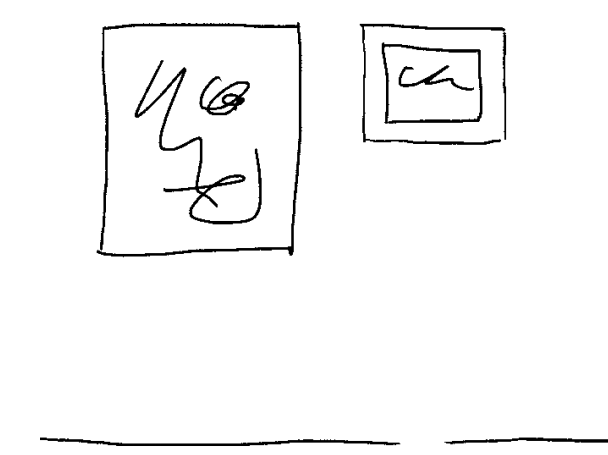
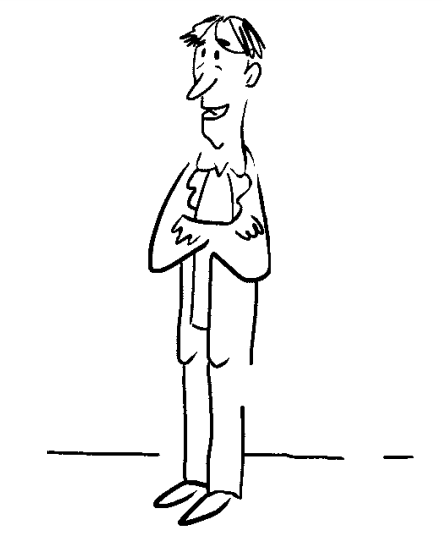
“And now, an interview with Pablo Helguera.”
THE FUTURE OF ART.
AN INTERVIEW WITH
PABLO HELGUERA
BY ANDREA CUEVAS
MUSEUMS WERE ONE of the first sectors to resent the recent pandemic: they had to close their doors almost immediately, forcing them to fire people and cancel their plans for the coming months. For their part, artists have played a historical role as catalysts or historiographers of sociopolitical changes through their work. What role should they play in the current context? We discussed these and other topics with the Mexican artist and art educator Pablo Helguera.
PABLO HELGUERA (Mexico City, 1971) is one of the most prominent contemporary Mexican artist and art educator. He is very well-known for his Art Cartoon series, which depict the art world from a very humorous perspective. He is interested in different topics such as history, ethnography, sociolinguistics, and pedagogy. His work has been part of countless exhibitions in Mexico and around the world. He lives and works in New York.
ANDREA CUEVAS: Historically art has always been crossed by the realities that surrounds it. But nowadays, the present is unfolding in the midst of a panorama of unimaginable uncertainty. What is the place of art and artists in this pandemic context?
We need to gain perspective of
the meaning of this moment to fully be able
to grasp how we dealt with it.
PABLO HELGUERA: Art has always been created during, and as a result of periods of great distress and trauma, becoming a sort of document and testimonial of the moment. The pandemic is certainly one of those moments, but it is not the first nor
will it be the last. I think there is an instinctual impulse to have artists respond to the moment immediately, but this is not always possible, nor can it be forced out. This is perhaps partially due to of our obsession with productivity and late capitalist production, under the assumption that all this suffering has to quickly result in some great art that can make it worthwhile, and that often results in poorly thought and self-serving responses.
Ultimately, we need to gain perspective of the meaning of this moment to fully be able to grasp how we dealt with it. But to your question, I see artists as always offering a document of the moment through their work.
AC: In this specific context, how can art provoke a social transformation in order to rethink our relationships with art and culture?
PH: I think the major, and obvious, question that we have to contend with as artists is on how we can help replace/alleviate the absence of the physical proximity with
I am confident that we will find innovative
solutions to this problem and that the museum
experience in general will be the better for it.
all the sensorial experience that it provides. We need to rethink our vehicles and our methods. The art world in particular, as interconnected as it is nowadays, at its core is a very in-person, physical ecosystem: this means that it is very dependent of
in-person interaction (the artist “being present”, the social interactions at openings, art fairs and so forth). The de-regulated nature of the art market is due to the fact that a lot of business happens in private social interactions, which right now cannot take place. But perhaps even more important is this: over the years as an educator and observer of the art world I know that key ideas and inspiration for new movements in art are the result of organic exchanges and unplanned social interactions— being at a bar with friends, having dinner with others, participating in conversations in conferences, and so forth. Those can’t happen at this very moment unless they are very pre-arranged via Zoom, and at least at this moment those platforms can’t replace spontaneous moments of exchange. It is possible that we might simply go back to the old ways after a vaccine is created, but for the time being I imagine that this period will result in very different forms of working, exchanging, and thinking. It`s a bit like going back in time.
AC: This global emergency is forcing us to think the way in which art institutions and artistic practices are taking place. How we could rethink their forms of operation?
PH: We always need to use the means at our disposal. In my neighborhood one of the only places that is open is the local pharmacy—which has a photo printing machine. So, I am using that machine to make a small edition. I also use decorative stickers that they sell there in order to make collages. Those are the materials that I have at my disposal. At the museum where I work, we all are making home videos with our phones to offer different kind of simple art assignments that people can try at home. Museums as you know are deeply hurt by this crisis—many of them will not survive it—and this period will dramatically change the way they serve the public. For museum educators like me, the greatest challenge is offering an intimate experience with social distancing. But I am confident that we will find innovative solutions to this problem and that the museum experience in general will be the better for it.
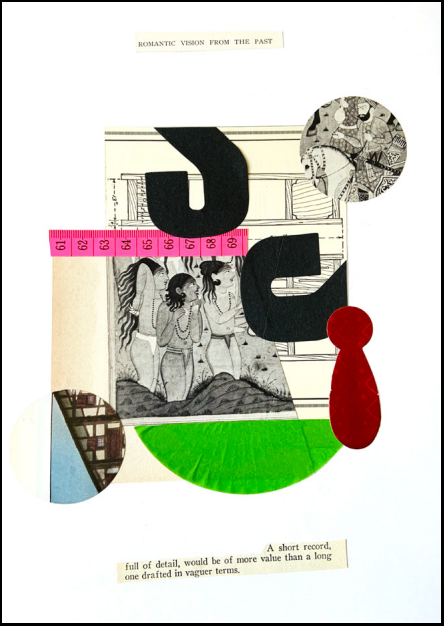
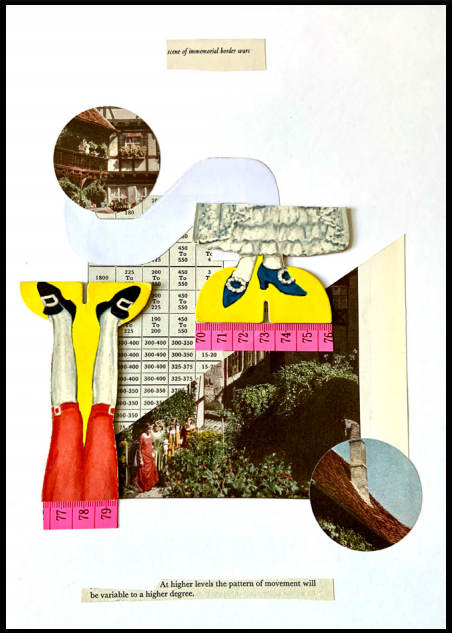
AC: When the social distancing and isolation started, you called your followers through your social networks to ask for telephone messaging with yourself as the messenger. What kind of possibilities or opportunities you found in this exercise?
PH: The lockdown has become a great equalizer, and I believe it allows us all to relate to one another within this collective situation we are experiencing.
When the shutdown process started on March 13, and as it became clear that we all were entering into a period where we would have to physically isolate, I offered to read stories to people over the phone, which I did for a period of a month or so. It was a wonderful opportunity to connect with people that I knew for many years but with whom I hadn’t spoken in a long time, as well as a chance to help people share their feelings about being isolated during this period. Shortly after that I became ill with the virus myself and experienced a terrible week of very high fevers and other symptoms. I was lucky to recover eventually.
Then I entered into conversations with John Spiak, director of the Grand Central Arts Center in Santa Ana, California, who was interested in supporting my story-reading effort. I proposed to him to revisit an old project of mine, where I offered free singing telegrams to people. We reactivated this project for this era using the Zoom format. Every night I connect via Zoom to deliver messages that are placed for free by people to their loved ones. I have so far delivered more than 100 telegrams to people all over the US and more than 15 countries including Singapore, New Zealand, Italy, Venezuela, Austria, Mexico, Dominican Republic, and more. The experience has been extraordinary: even though I am delivering messages to people who I have never met before, the encounters become very emotional because of the connection that I am facilitating between two people who care for one another. There are lots of happy tears shed during these encounters, and these become affirming experiences to me—signs that I can do something as an artist to help people in a small way during these trying times.
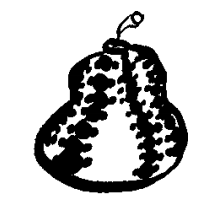
GOODBYE TO
BLOCKBUSTER EXHIBITIONS
Shall we say goodbye to the flashy exhibitions whose entrances were adorned by long queues? Everything seems to indicate so. Goodbye Kusama, Picasso and Hirst! And most probably: goodbye to the selfies in Kapoor’s mirrors or Koons’ bunnies! The new times seem to say on a banner: No to mass art!
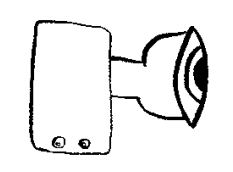
HELLO TO THE WORKS
ON SURVEILLANCE
There is a multiplicity of works of art inspired by surveillance. There are Bruce Nauman, Trevor Paglen or Sophie Calle, for example. Will we see a new wave of artists flourish who reflect on the theme? Everything seems to indicate that we will.
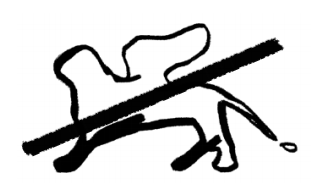
GOODBYE TO EVENTS
AND ART FAIRS
The picture looks hazy for art fairs and events that bring many people together on a weekend.
What will you do to fix it? We are waiting for your answers
10 THINGS THAT WILL CHANGE
IN THE ART WORLD AFTER THE PANDEMIC
BY SYBARIS COLLECTION
What is the future of art after the pandemic?
We imagine various scenarios:
some of them are catastrophic and dramatic;
others are necessary and hopeful.

HELLO TO THE
ARTIST-HACKERS
How many new hacker artists will appear in the next few years? Don’t doubt it, we will probably see many artists and collectives with socio-political purposes hiding their face under a mask. Anonymous and Banksy were ahead of them. What will they be able to offer as an alternative?

HELLO TO ONLINE ART SALES
For experienced collectors, it is not a novelty to buy works online from renowned auction houses. However, the pandemic will open up new possibilities: small galleries and independent initiatives can begin to hold their own auctions for young collectors. Online sales will gain a lot of ground from 2020 onwards.
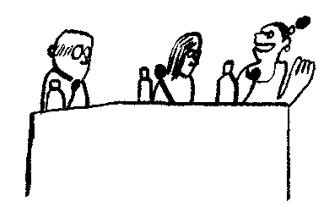
GOODBYE TO LECTURES
AND BOOK PRESENTATIONS
They were already boring. Will they be even more so when they’re broadcast on Zoom? Since they can’t take place in a physical space, book presentations will have to look for more interesting formats to attract the attention of fans through the Internet. It’s
about time to renew!
GOODBYE TO GUIDED
TOURS WITH ARTISTS
Do you think that curators, artists, agents and art
publicists will risk catching Covid-19 to accompany a
group of journalists to “understand” their work? We don’t
think so! But you can follow the live broadcast with a key
that only journalists from a recognized media can have.
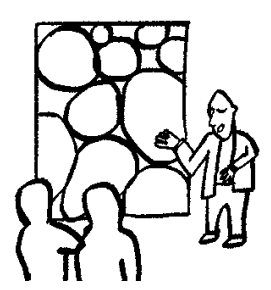
HELLO TO THE ONLINE
PERFORMANCES
OF RENOWNED ARTISTS
If performance has gained prestige in recent years, with
the pandemic it will take a huge leap in the taste of the
public and collectors. Like few other disciplines, art invades areas that, apparently, are alien to it. And performance is going to become an activity that we will see very
often in spaces that were previously unusual. The most
interesting questions: how will these works be sold? What
will be the work of the museums and galleries? The most
important artists have before them a very wide field
of exploration.
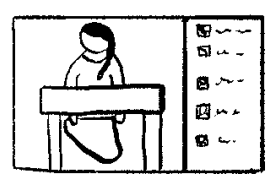
GOODBYE TO
COCKTAIL OPENINGS
Did you love to enjoy a glass of wine, be close to artists
and curators and belong to an “exclusive” art circle when
attending the opening of an exhibition? It will be increasingly difficult to do so. Sorry: the openings will now be
for a privileged circle.
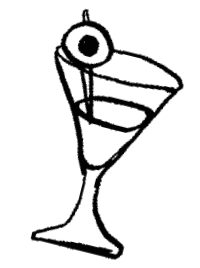
HELLO TO
PARTICIPATORY
MUSEUMS
Museums have played a significant role in the history
of mankind. Today, they have limited their attendance
to displaying works of art, hosting conferences or conducting workshops and courses. With the pandemic, they are
obliged to carry out a more ambitious and participatory
that will force them to transform what happens outside
their premises. Will they have to become new spaces
for training and education? We hope they succeed!/p>
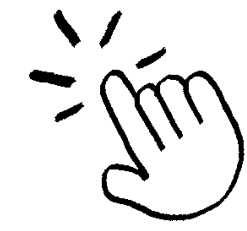
IF YOU CAN DO IT
THEN
WHY DO IT?
-GERTRUDE STEIN
(1874— 1946 )
Next page: Gertrude Stein sitting on a sofa in her Paris studio, with a portrait of her by Pablo Picasso, and other modern art paintings hanging on the wall behind her. May 1930.
Image © United States Library of Congress.
OPINION
DIGITAL LANDSCAPES
By Mariel Vela
If we were already on the verge of a full blown digital experience of art, the coronavirus pandemic has proved to be the tipping point. Some museums, like the Guggenheim and MUAC in Mexico City have turned to virtual tours, and galleries have been sending digital views of their showrooms, so you can experience it all from the comfort of your couch. However, with people experiencing the daily limits of confined spaces, long periods of time sitting down, the truth is that the embodied experience of art has changed forever. It seems that what most of us are turning to is physical escapism; dance classes on Zoom, waiting for our favorite yogi to upload a Kundalini session, and the sound of other people’s voices through podcasts. Our constant need for movement and human touch have become more transparent than ever. Is the presence of a body translatable to a screen, an mp3 recording or a photograph?
Discussions over the auratic qualities in a work of art have been taking place since Walter Benjamin’s The Work of Art in the Age of Mechanical Reproduction”, published in 1935. In this text, Benjamin writes about the changes in perception that are occurring due to the arrival of film and photography in the twentieth century and the loss of aura that comes with the reproductive capabilities of new technologies. In 2020, the material decay of our world is looming in every newspaper, the fears of the Y2K bug are long gone, and art has been digitally produced as a stance and not an alternative. What happens if we shift the thought that images of images lose something? What if the aura is in a byte? The junctures between performance art, video, the internet and activism have been in flux since the nineties. Lynn Hershman and Fabian Wagmister were precursors of this since, with pieces like Time and Time Again (1999) and Pipilotti Rist proved that a screen can be a body with works like Sip My Ocean (1996).
“The poor image is a copy in motion. Its quality is bad, its resolution substandard. As it accelerates, it deteriorates. It is a ghost of an image, a preview, a thumbnail, an errant idea, an itinerant image distributed for free, squeezed through slow digital connections, compressed, reproduced, ripped, remixed, as well as copied and pasted into other channels of distribution”, writes Hito Steyerl in her essay In Defense of the Poor Image. Steyerl is a writer and filmmaker that
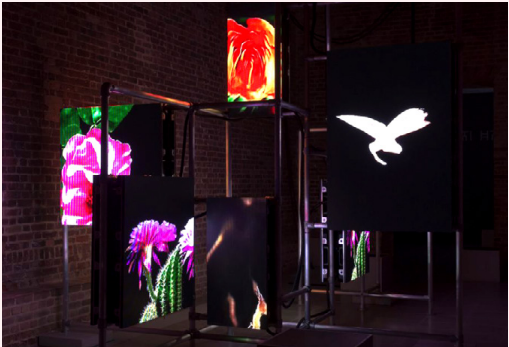
Hito Steyer
Power Plants Installation view.
Photograph © 2019 readsreads.info
has experimented with the limits of video and the global circulation of images. In Power Plants (2019) a series of video sculptures were generated by neural networks: computer systems modelled on the human brain and nervous system, which were programmed to predict the future by calculating the next frame in the video. Visitors, or users could download an app to enhance the experience as well as learn about social housing, austerity and workers’ rights. Digitalization doesn’t just offer the chance to puncture an aesthetic experience with new materialities, but also the chance to reach audiences beyond the physical realm. Bodies are present as long as they are networked. This alone signals new possibilities for the performance of non conforming bodies, politics and protest.
The shift is taking place now, and has been taking place for a while. What does this spell out for art markets? Collecting art will probably be redefined. The worth we give to objects hopefully will become the same for ideas, presence and other immaterial values. This new collector might be more interested in the uncomfortable fringes of exploring the representations of new worlds than in the ownership of old ones.
Pipilotti Rist
Grossmut begatte mich/
Sip My Ocean, 1994/1996
Museums like the Vatican and d’Orsay have made their rooms available to the public virtually, but their strategy has not been to complement but to replace the physical room. Doubts are once again being raised: is it possible to replace physical experiences with a screen? If you know how to use it, technology can be an ally of art. But you cannot cover the sun with a finger: rather than replacing, technology must dialogue with art and its presentation.
At a recent meeting of the Colombian museum strengthening programme, a fundamental question was raised: how to tell stories in a world overloaded with content? For her part, Ell pli-é collective ventures a response in the blog A-desk: “In the face of unthinking hyper productivity we propose: to inhabit other rhythms and dimensions such as waiting, listening, emptiness, tiredness, inspirations and expirations; to develop a critique that opens gaps in which we can create together; to ask ourselves questions constantly; to disconnect from time to time; to think of ourselves from our bonds; to listen to each and every one of our vulnerabilities; to open holes in saturated situations in order to breathe; to leave space for the thought of the other and to imagine together other possible scenarios. ”
Museum audiences are curious and want to participate in artistic activities in order to interact with them. We have a unique opportunity to achieve this: through the collaborative work of the areas of communication, curatorship, design and education we can devise strategies that allow the contents, in addition to being critical and substantial, to be accessible and to build an emotional experience and empathy with the circumstances.
AN UNCERTAIN ECONOMIC FUTURE
According to economic experts, the world will never be the same again, at least not in the next two years. The question is not “when exactly”, but do we want to go back to it? It is very difficult for Blockbuster exhibitions to work again: health precautions do not allow it. On the other hand, museums that depend on the public purse have seen (or will see) their budgets cut, as they are not considered by governments to be essential areas for society. Finally, the pandemic has revealed (in an even more evident way) that a large number of museum workers live in precarious working situations: absence of contracts, low salaries, delays in payments, lack of social security, etc. As Pablo Martínez points out in his note ‘Museums to come’: ‘It is therefore necessary to review the extent to which the museum is also the cause of this unease about the forms of production that it promotes and that allow, while at the same time obliging, several activities to be carried out at the same time, all of which are precariously paid, extremely vulnerable, dependent on a very agile interconnectivity that is constantly being mobilized’.
There is no doubt that there will be a change in the way exhibitions and artistic activities are produced. But we also have the opportunity to think about new and improved forms of interaction and socialization to make the experience in the museum more personal and enriching. The museum should not be a space only to show art pieces, but a project where questions about the economy, health, politics and environment of this society can be raised. We must propose new ways of doing things, from collaboration, instead of thinking about recovering old habits.

OPINION
MUSEUMS AND
THEIR CHALLENGES
By Lucía Peñalosa
The current crisis seems to have brought into focus a series of questions that are repeated in the media and social networks: how to return to normal, how much longer will we be at home? However, for the art world there are other more relevant questions. I propose some for museums: have we needed them in this crisis, in what way, how have they helped us at this time? And, better still: what should be their role in such problematic periods as the ones we are living in?
SYBARIS COLLECTORS ART MAG
As Michel Foucault would say, the museum is a general archive that contains all times in one place, which allows us to imagine, through the history of art and from different temporalities and styles, universal responses to generate accompaniment in times of uncertainty. If this were so, this is an invaluable moment to rethink its role in society. In a recent interview, Ferrán Barenblit, director of the MACBA, mentioned something similar: “Museums will continue to be places where citizens can find guidance in times of uncertainty”. However, how can this be achieved?
“NEW” FORMS OF SOCIALIZATION
One of the difficulties that museums have had to face is social networks. Before the pandemic, these had the function of inviting the public to visit exhibitions in physical space. Today, they have become the only means of contact between spectators and museums. Museums were not prepared for this and are still trying to figure out how to do it. When one looks at the networks of the world’s main venues one can see all kinds of content: virtual talks, tutorials, activities for children, calls, online courses, virtual tours, capsules… there is a hyper-production of content that is hard to make sense of. Wouldn’t it be better to look after quality rather than quantity? Isn’t that what the present times demand of us: to slow down in order to think better about what is happening?
Museums and their Challenges
OPINION
ART
PROVOCATION
By Regina de Con Cossío

LUIS HAMPSHIRE
Oaxaca de Juarez, 1975
Lives and Works in Mexico
Artist, Independent Curator, and Art Promoter. Luis Hampshire employs art to find his place in the world, to inhabit and understand it. Art as a medium permits him to separate from his own self and discover the otherness.
Hampshire studied arts at the Claustro de Sor Juana (USCJ) in Mexico City, he co-founded the art space Ediciones Plan B with Jessica Wzony. In addition to this, as an independent curator, he has set up exhibitions nationally and internationally. Between 2011 and 2013 he directed the “Taller de Artes Plasticas Rufino Tamayo” (Rufino Tamayo Plastic Arts Workshop), in Oaxaca. Moreover, he was the director of MUPO (Museum of the Oaxaca Painters).
His creative process dates back to his youth. The Imaginarium he lived in as a child in a small town was widened through the underground world of skateboarding, full of album covers and illustrations. This allowed him to draw a contrast between his local world and other worlds. The discovery of this contrast set in motion his creative process. He is inspired by what can be found in the daily and ordinary, his passion for plants and architecture, design and crafts, high-culture, low-culture, crafts, food, literature and language, games, arts and of course artists. These influences are present in the art pieces he creates.
He views painting, his signature medium to create art, as a “world-platform”. It transcends beyond the technical and into a space to interact with meanings, contrasts, and different worlds. Recurring elements in his works are the body and representations of its fragments, humor, sex, and the derisory. Almost as an obsession coming back and forth we see the cutout and paste. In his work color is used as a mechanism to construct spatiality and narratives. Painting transforms into writing and exploring history traces.
He has the sensibility of an artist and the experience of running an Institution. This positions him in an interesting spot to have an opinion on the current challenges facing the art world.
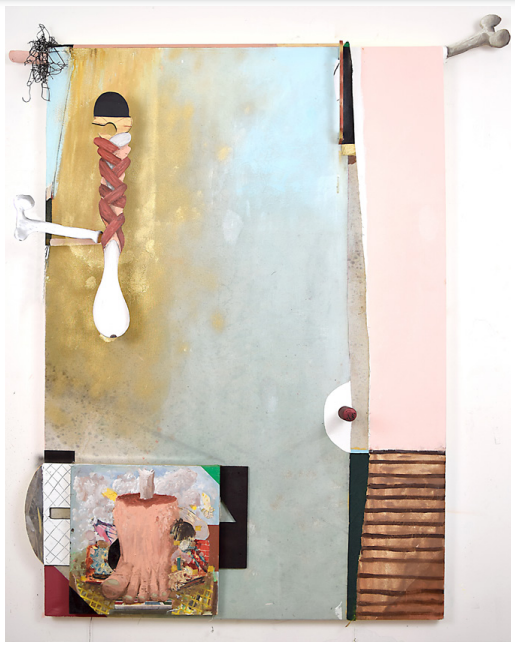
REGINA: From your perspective, what is the role an artist should play in times of uncertainty?
HAMPSHIRE: An advanced one, art has always been and is in the future possible. In these moments of closure not only health, but political, social, and economic, art is important to dissent, diverge, and generate a broad present that is consolidated in the future. But always from the possible, the democratic, the radical, and the beautiful.
R: Historically, the figure of the artist has been understood as an uncomprehended genius by society. However, in more recent times, art has been used as a manifestation of social participation. Should the artist take an active place in the social changes or is his duty to represent what is before his eyes?
H: Making art is a political act in itself. Politics is the possibility of having a voice in the public space and art has it when it opens up to say the unspeakable. But going beyond the aesthetic and assuming an active role in the definition and expansion of identity, culture, democracy, and politics in the now. Otherwise, it is just a decoration or a luxury souvenir.
R: If artworks are usually seen in galleries, museums, and public spaces, from your perspective, how will the dynamic change after the pandemic?
H: The system of distribution and promotion of art has changed radically from the postavant-garde to our days, and even more so with the expansion of the phenomenon by digital media and the internet. Now more than ever it is necessary to rethink the appropriate means and mechanisms for each medium, language, and open up to everything. Nothing is fixed but inflow.
R: Some of your work considers the world of screens as space where new proposals can be made. Do you think that screens, cell phones, etc., are going to take an even more leading role to show and/or produce art? Will we see experimental and risky
things on our cell phones?
H: Yes and no. An important part of doing and living in art, as well as our body, has to do with the physical, the presence, the erotic of the encounter. The dialectic of the other affects and alters me. In this way, the presence of matter, the problem of the exhibition is only reconsidered through various mechanisms.
Not closing but the opening is what is today. The radical is multiple.
R: If art ceases to show in museums and galleries and turns around screens. What
will the role of the curator be? What will happen to the art fairs?
H: I think the roles of the art world expand and find different paths. Museums, galleries, fairs, and alternative spaces are developing alongside physical space in digital space. The job will be to put the correct messages on the correct media. Or deny them and rethink them in other formats. All this 2020 shows us that nothing closes but reinvents itself as
a mechanism for survival or even resistance.



